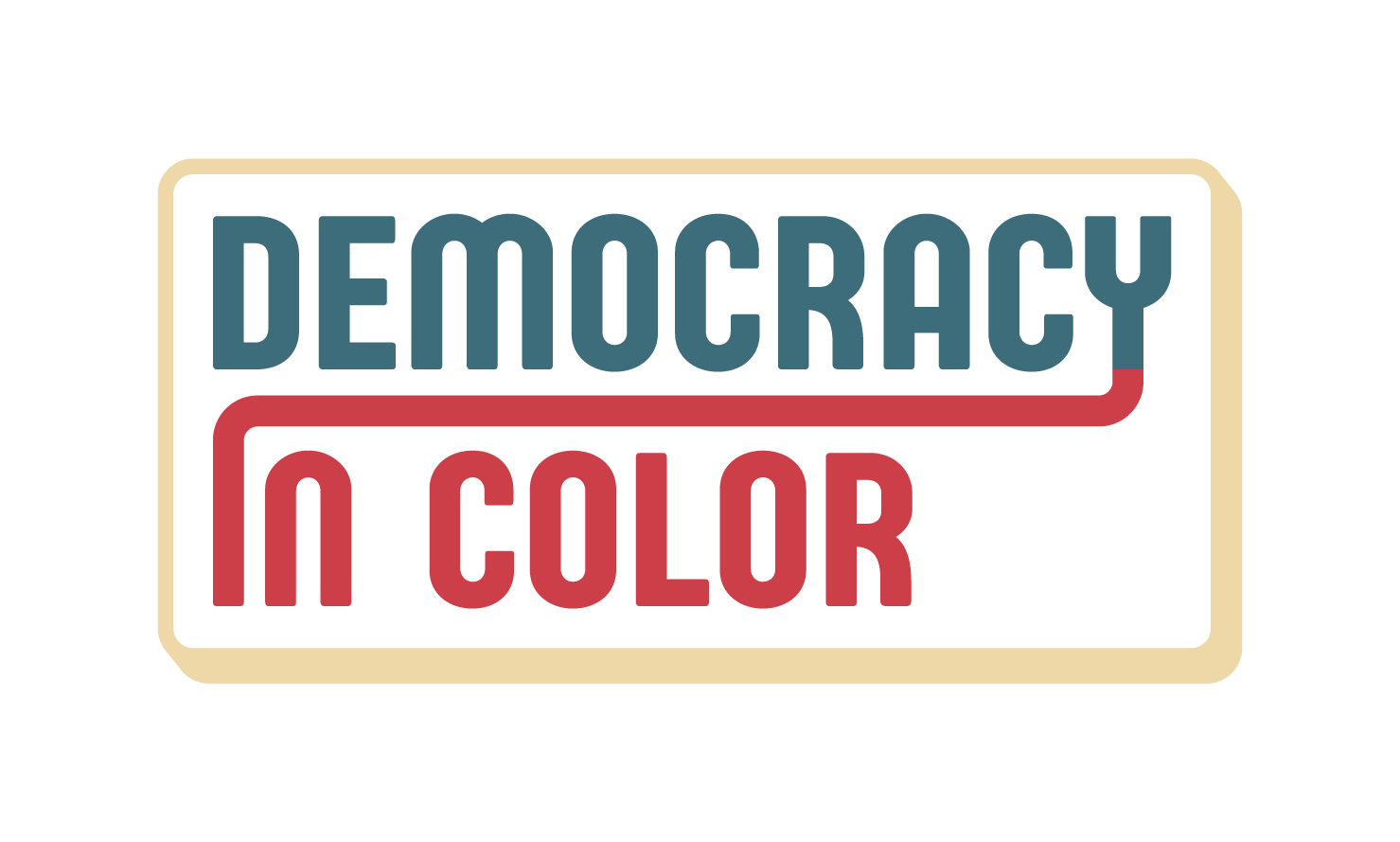Transparency  |
The Priorities USA website and its social media presence outline in broad and general terms parts of their work and how they hope to accomplish their stated goals. The website's media section describes its latest ad buy, the target voters they hope to reach with it, the vehicles through which they'll disseminate it, and how much they intend to spend on the ad buy. They promptly provided thorough responses to our requests for information. Fundamentally, however, Priorities is a largely opaque operation, spreading operations across their 527, 501c4, and 501c3 arms in ways that make it nearly impossible to verify the accuracy of statements, hold themselves accountable to public scrutiny, or facilitate collaboration with partners. The Washington Post reported in July 2020, for example, that Priorities said it had raised $165 million. The only verifiable number, however, is $56 million (FEC records), so partners seeking to coordinate their work with Priorities' efforts have little information to go on. |
Geographic targeting
 |
Priorities has identified AZ, FL, MI, WI, and PA as the most critical presidential battleground states, which align with what the best data and analysis show as the most promising places to focus efforts this year. Its broadcast television and digital ads as well as its general program efforts are in these priority states. |
Demographic targeting  |
To date, Priorities has allocated 37.5% of its program budget toward programs that "uniquely target or directly target voters of color," who comprise 46% of Democratic voters. They report plans for a $24 million investment focused on persuasion and mobilization of voters of color. 21.3% of its advertising through broadcast and digital ads is reaching Black and Latino households. It has also attempted to tailor its People of Color-oriented programs to the specific needs of POC voters within its priority states and regions. The Black and Latino work for 2020 continues its 2019 programs that were tested and found to be effective. Priorities has also provided significant financial support for voter rights litigation in partnership with POC organizations such as Voto Latino, A. Phillip Randolph Institute, and others. In short, there is meaningful breadth of POC work, but the lack of transparency makes it difficult to assess the depth. Furthermore, it is difficult to ascertain the relative balance between spending on persuasion (less cost-effective or impactful) and mobilization (higest return on investment). A $24 million investment focused on people of color sounds significant on first impression, but if the organization is really spending $165 million as they say, then it is a significantly smaller percentage of their budget than people of color are in the Democratic electorate. |
Data-informed strategy |
Priorities has not only used data to inform its resource allocations, it has invested heavily in developing in-house analytics skills with an eye toward improving decision-making as well as minimizing expense. They reference a 2019 experiment and applying lessons learned from that effort, which is positive. Their (and everyone's) data and analysis should go beyond current opinion research to include Census data on district-specific demographic shifts and analysis of past election results to determine the trend line of Democratic performance and potential. Here, again, the lack of transparency impedes a quality assessment. The Priorities 501c4's IRS report in 2018, for example, lists $2.4 million spent on polling, which is an astoundingly large expenditure in a modern high-tech era when a poll costs $8k-$9k. So while they clearly have and use data, which is good, how they get it and use it is a question. Of greatest concern in this presidential election year, however, is that there is little indication of what conclusions they reached about the failure in 2016 when they were the largest Democratic SuperPAC in the country, having spent nearly $200 million in a failed effort to defeat Trump, and what course corrections, if any, they have made as a result of the 2016 failure. |
| OVERALL GRADE |  |





